By : Nikon School Blog | 19 Dec, 2016 |
These are exciting times for Nikon users. Not only are we witnessing ground breaking advancements in DSLR technologies, the advancements in the NIKKOR lenses are no less exciting. Of course, to match up with the new DSLR technologies, the NIKKOR lenses have to be made better to ensure the winning combination of Nikon DSLRs and NIKKOR optics continues to assist photographers. Here's a look at some of the most important technologies introduced in NIKKOR lenses in the past one year.
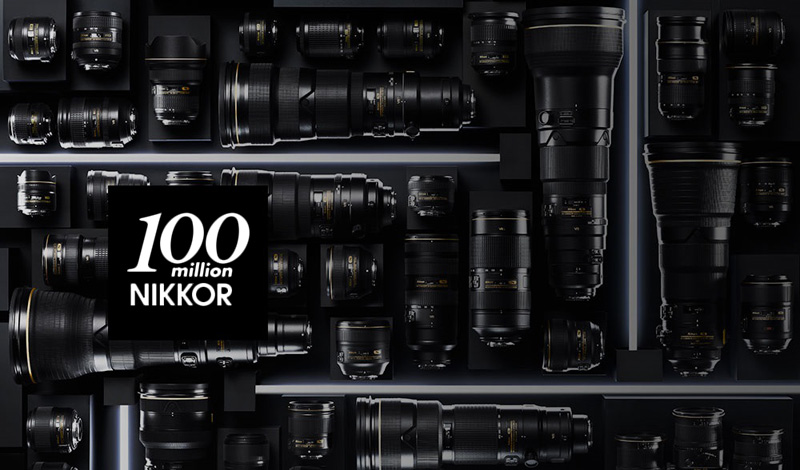
AF-P :
These new generation lenses use stepping motors to ensure faster and quieter autofocus operations. This is very useful during video recording. At the beginning of 2016, two lenses, the AF-P DX NIKKOR 18-55mm f/3.5-5.6G VR and the AF-P DX NIKKOR 18-55mm f/3.5-5.6G were launched with this new feature. These lenses are the first in Nikon DSLR lens series to adopt stepping motor technology for autofocus. After this, the AF-P DX NIKKOR 70-300mm f/4.5-6.3G ED VR and AF-P DX NIKKOR 70-300MM F/4.5-6.3G ED were added to the line-up. These lenses lack the conventional A/M switch, instead, AF-P lenses have a manual over ride function. The design of these lenses is very compact and lightweight, making them more efficient. Because of the stepping motor, compatibility is limited to latest Nikon DSLRs. Firmware update maybe required for some compatible models to ensure smooth functioning.
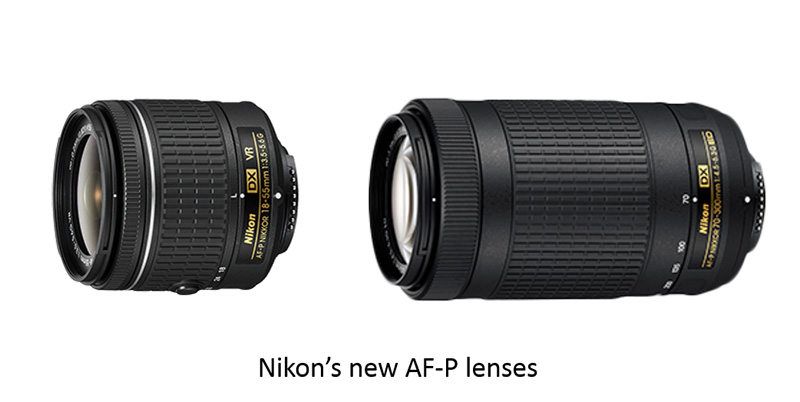
Electronic diaphragm :
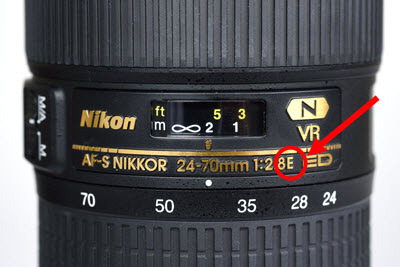
E type NIKKOR lenses use an electromagnetic diaphragm mechanism in the lens barrel instead of the mechanical linkage levers in conventional D/G type lenses. This mechanism ensures highly accurate aperture blade control even during continuous shooting. E type lenses have the E designation displayed after the aperture number. An example is the AF-S NIKKOR 24-70mm f/2.8E ED VR.
Fluorine coating :
Nikon's exclusive fluorine coat has high antifouling and peel resistance properties. It repels water drops, mud, or dust from the lens surface, making shooting much easier in such situations. Its antireflective effect ensures clearer images. The surface can be easily wiped clean, leaving no marks or smudges.
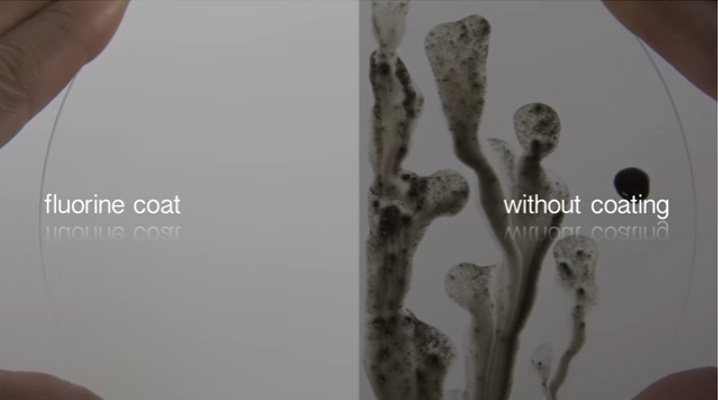
Fluorite element :
The cause for chromatic aberration is the secondary spectrum. The fluorite lens thoroughly blocks it, thus removing chromatic aberration even at longer focal lengths. These lens elements are lighter than common optical glass, making telephoto lenses lighter and easier to use. The new AF-S NIKKOR 70-200mm f/2.8E FL ED VR is one of the NIKKOR lenses with a fluorite element.
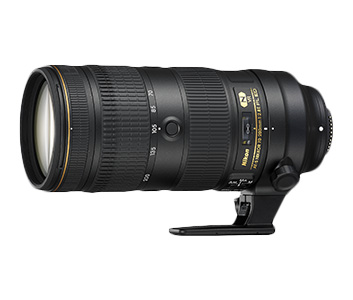
PF :
PF stands for Phase Fresnel, a lens that compensates chromatic aberration by using photo diffraction phenomenon. Using this Phase Fresnel element in a lens eliminates the need to add many lens elements to achieve the same effect, reducing the weight of the lens significantly. At present the AF-S NIKKOR 300MM F/4E PF ED VR has this lens element.
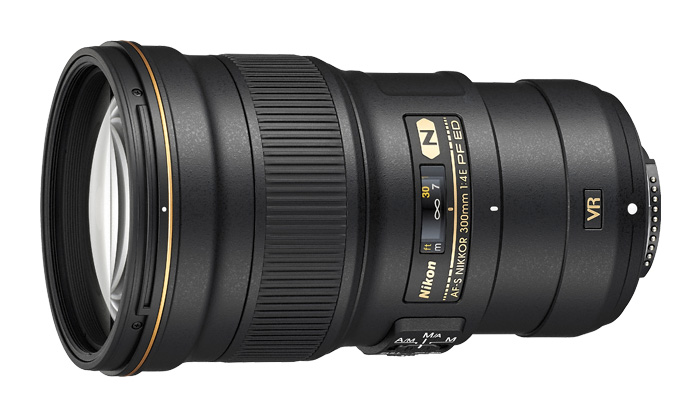
We hope Nikon keeps introducing such cutting edge technologies into the NIKKOR line up to make photography more and more convenient for present and future photographers.